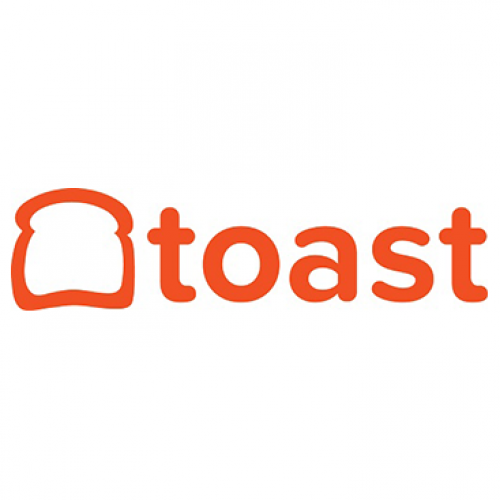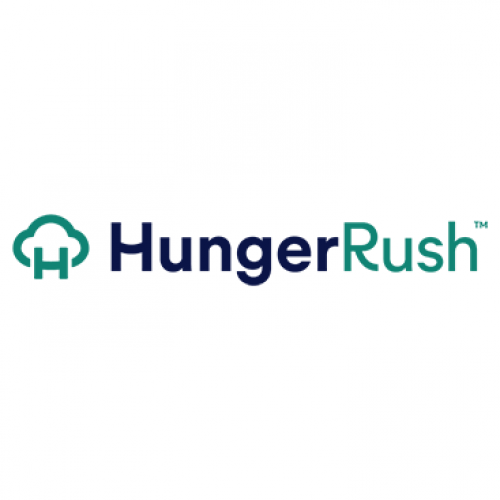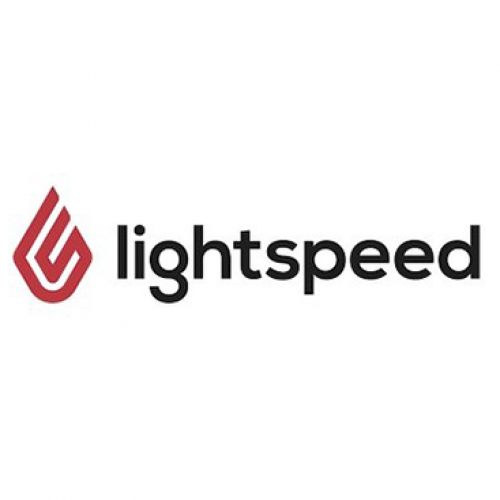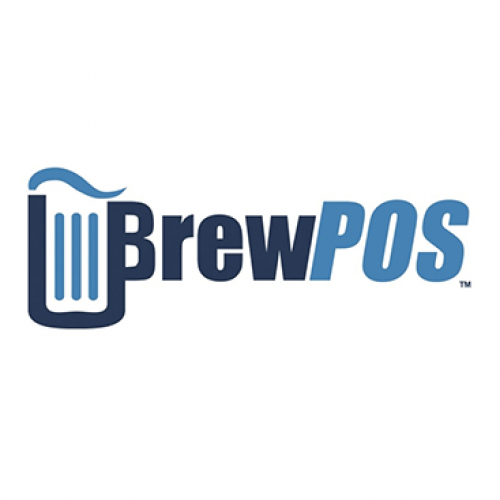Running a restaurant is hard work — finding the right POS system shouldn’t be. At POS USA, we’ve spent years testing and reviewing restaurant POS software to help owners find the best fit for their business. Whether you run a full-service dining room, a food truck, or anything in between, we make it easy to compare systems by price, features, and real-world performance.
Explore trusted options — including editor’s picks, best sellers, and hand-selected recommendations — all reviewed with restaurants in mind. Want the fast track? See our expert picks for the best restaurant POS systems.
How to Choose the Right Restaurant POS System
Why the right POS matters: If you run a restaurant, you already know how much a solid POS system can impact your day-to-day. Whether you’re managing a full-service dining room, running a fast-moving counter-service spot, or slinging slices from a food truck, the right point-of-sale setup helps things flow smoother. From speeding up orders to keeping your staff on the same page—and your kitchen firing on time—a restaurant POS system isn’t just nice to have anymore. It’s a must.
Start by exploring your options: This page highlights a variety of POS solutions tailored for restaurants of all types. Some are built for speed, others for flexibility. You’ll find options that support tipping, online orders, kitchen displays, menu customizations, and more. If you’re unsure where to start, we make it simple to explore by features, pricing, and how each system fits different restaurant models.
Every operation is different: There’s no single “best” POS for every restaurant. Use this guide to browse top-rated restaurant POS systems, compare features and pricing, and find a solution that fits how your business runs—whether you operate a bustling bar, a fast-casual kitchen, or a full-service dining room.
Restaurant POS Systems: Frequently Asked Questions
What exactly is a restaurant POS system?
A restaurant POS (point-of-sale) system is the central hub for managing your orders, payments, and overall operations. It combines software and hardware to help staff take orders, route them to the kitchen, process checks, and track sales data in real time. The ideal POS system is more than just cash registers—they integrate with online ordering, delivery apps, loyalty programs, and back-office reporting. Whether you’re running a full-service restaurant or a food truck, a good POS system streamlines service and reduces errors.
What features should I look for in a restaurant POS?
That depends on your business model. Full-service restaurants usually need table management, server assignments, tipping support, kitchen display screens (KDS), and coursing features. Quick-service restaurants (QSRs) may focus more on speed, self-order kiosks, and mobile payments. Other key features to consider include menu customization, real-time reporting, integrations with delivery services, and offline functionality. Don’t forget ease of use and quality of support—those matter more than you think during a rush.
Which POS systems are easiest to use in a restaurant?
Ease of use is crucial—especially in high-turnover environments where training needs to be quick. Toast and Square for Restaurants consistently rank high for their clean, intuitive interfaces and streamlined workflows. Both systems are tablet-based and built for simplicity, making it easy to train new employees or adjust menu items on the fly. Systems like TouchBistro and Lightspeed also get positive feedback for their user-friendly layouts and guided onboarding.
Can POS systems handle online orders and third-party delivery?
Yes—most modern restaurant POS systems offer direct integrations with third-party platforms like Uber Eats, DoorDash, and Grubhub. Some even have built-in online ordering tools to accept pickup or delivery orders directly through your website, which helps avoid costly commissions. Having orders automatically routed to your POS means fewer manual entries, less tablet juggling, and fewer mistakes. If delivery is a big part of your business, this is a must-have feature.
Do I have to use the POS company’s payment processor?
It depends on the provider. Systems like Square and Toast bundle in their own payment processing and require you to use it, which simplifies setup but limits flexibility. Others, like Lightspeed or Revel, may allow you to choose from multiple payment processors. Always compare transaction rates, monthly fees, and contract terms. Sometimes the POS hardware is discounted if you agree to use their processing, so weigh the total cost of ownership.
Can a POS system help me track inventory or menu items?
Yes—most restaurant POS platforms include at least basic inventory tracking. You can monitor stock levels, set up alerts for low ingredients, and even get reports on your best- and worst-selling menu items. More advanced systems offer recipe-level tracking, food cost insights, and vendor integration for reordering. If you’re managing tight margins (and who isn’t in this industry?), inventory management tools can help you cut waste and protect your bottom line.
How much does a restaurant POS system cost?
Pricing varies widely. Entry-level plans start around $69/month per terminal for cloud-based systems, but that can jump depending on the features you need. Add-ons like loyalty programs, gift card support, third-party delivery integrations, and extra terminals will increase your monthly cost. Hardware is another consideration—expect to pay $500–$1,500+ for a complete setup. Also factor in credit card processing fees, which typically range from 2.3%–2.9% plus a flat fee per transaction.
Do POS systems work if the internet goes out?
Most reputable POS systems offer an offline mode that keeps the basics running during internet outages. You’ll still be able to take orders, print tickets, and swipe cards—though some features like syncing data to the cloud or processing payments may be delayed until you’re back online. If your restaurant operates in a location with unreliable internet, be sure to confirm that offline capabilities are included and test them before you go live.
What kind of hardware do I need for a restaurant POS?
At a minimum, you’ll need a touchscreen device (usually a tablet or terminal), a receipt printer, and a card reader. Full-service restaurants might also need kitchen display systems (KDS), handheld devices for tableside ordering, cash drawers, or barcode scanners if retail items are involved. Some POS providers offer hardware bundles, while others are compatible with third-party devices—just double-check compatibility before buying piecemeal.
Find the Right POS System for Your Restaurant
Let POS USA help you cut through the noise. Answer a few quick questions and we’ll match you with the best system based on your needs — no pressure, just smart recommendations.














